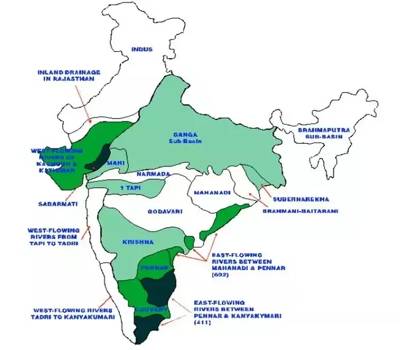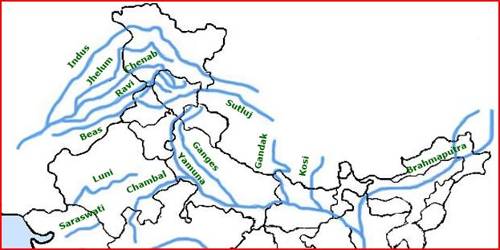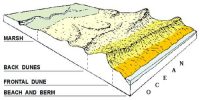River Regime is a graph showing variations in river discharge over the year. The pattern of flow of water in a river channel over a year is known as its regime. The north Indian rivers originating from the Himalayas are perennial as they are fed by glaciers through snow melt and also receive rainfall water during rainy season. The rivers of South India do not originate from glaciers and their flow pattern witnesses fluctuations. The flow increases considerably during monsoon rains. Thus, the regime of the rivers of South India is controlled by rainfall which also varies from one part of the peninsular plateau to the other.
Types of river regimes depend on the type of climate river is subjected to
- Perennial rivers – rivers that flow all year round
- Seasonal rivers – rivers that dry up during the dry season
- Ephemeral rivers – Rivers that only flow for a short time when there is rain.
The discharge is the volume of water flowing in a river measured over time. It is measured either in cusecs (cubic feet per second) or cumecs (cubic meters per second).

The Ganga has its minimum flow during the January-June period. The maximum flow is attained either in August or in September. After September, there is a steady fall in the flow. The river, thus, has a monsoon regime during the rainy season. There are striking differences in the river regimes in the eastern and the western parts of the Ganga Basin. The Ganga maintains a sizeable flow in the early part of summer due to snow melt before the monsoon rains begin. The mean maximum discharge of the Ganga at Farakka is about 55.000 cusecs while the mean minimum is only 1.300 cusecs.
The two Peninsular Rivers display interesting differences in their regimes compared to the Himalayan Rivers. The Narmada has a very low volume of discharge from January to July but it suddenly rises in August when the maximum flow is attained. The fall in October is as spectacular as the rise in August. The flow of water in the Narmada, as recorded at Garudeshwar, shows that the maximum flow is of the order of 2,300 cusecs, while the minimum flow is only 15 cusecs. The Godavari has the minimum discharge in May and the maximum in July-August. After August, there is a sharp fall in water flow although the volume of flow in October and November is higher than that in any of the months from January to May. The mean maximum discharge of the Godavari at Polavaram is 3.200 cusecs while the mean minimum flow is only 50 cusecs. These figures give an idea of the regime of the river.















